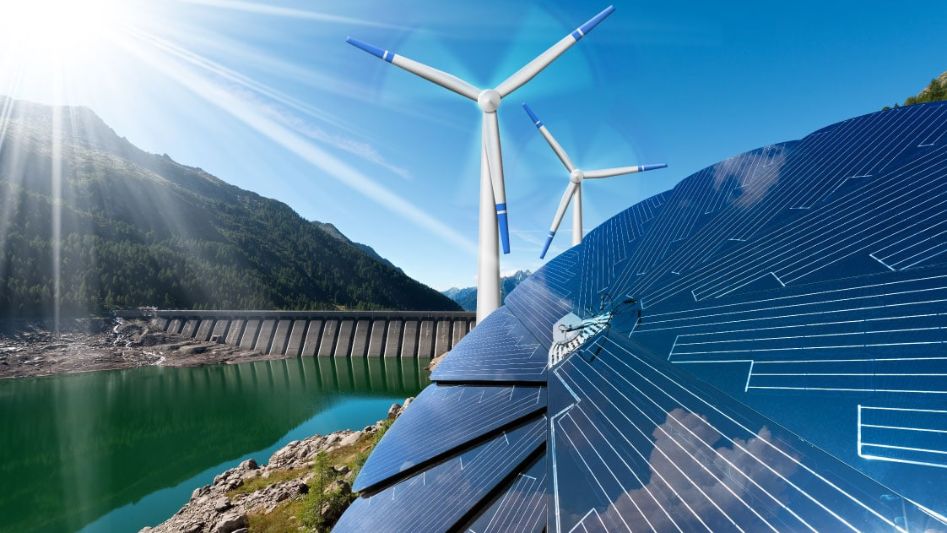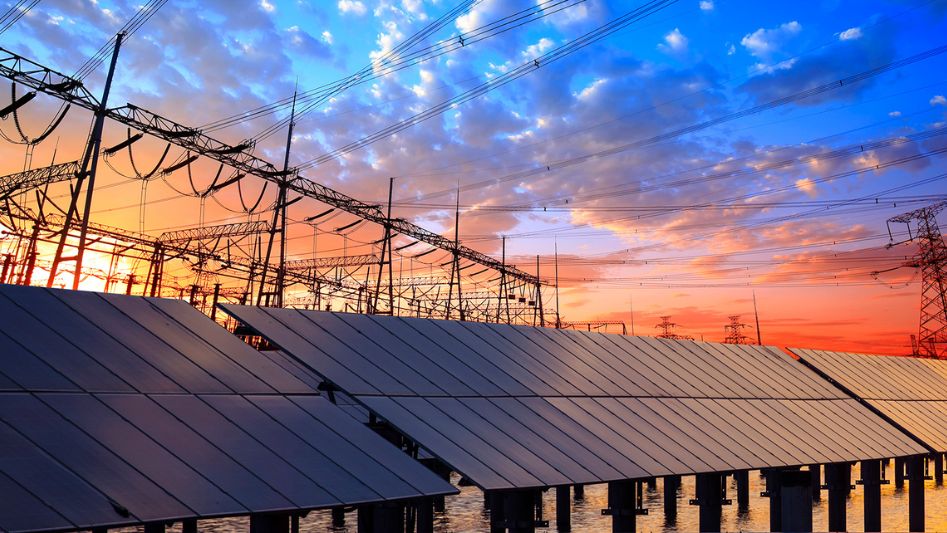In a world seeking sustainable and eco-friendly alternatives, renewable energy technologies have emerged as the driving force behind a cleaner future. With the pressing need to address climate change, harnessing the power of sun, wind, and water has become more crucial than ever. This article delves into the immense potential of these renewable energy sources, showcasing their benefits and potential impact on the world.
Table of Contents

The Solar Revolution: Embracing the Sun
Solar energy is at the forefront of the renewable energy revolution. With photovoltaic cells converting sunlight into electricity, solar panels have become a ubiquitous sight on rooftops and in solar farms. The simplicity of solar power harnessing, along with its cost-effectiveness, has made it a top choice for both residential and commercial applications.
Solar energy’s inexhaustible nature and low environmental impact have positioned it as a cornerstone of a sustainable energy future. As technology advances, solar power becomes even more efficient, promising a brighter and greener world for generations to come.
The Mighty Wind: Unleashing Nature’s Gust
Wind energy presents another formidable contender in the renewable energy landscape. Wind turbines, strategically placed in wind-rich regions, can generate substantial amounts of electricity without relying on finite resources. As the wind blows, it sets the massive blades in motion, converting kinetic energy into clean power.
The beauty of wind energy lies in its scalability and versatility. From large-scale wind farms to smaller, community-driven projects, wind power can be harnessed in various ways to cater to diverse energy needs. Moreover, it complements solar energy’s intermittency, ensuring a steady supply of clean electricity round the clock.
The Flowing Force: Tapping into Hydroelectric Energy
Water, too, holds incredible potential as a renewable energy source. Hydropower, or hydroelectric energy, involves harnessing the force of flowing water to generate electricity. Dams and turbines work in synergy to convert the kinetic energy of the water into a reliable and renewable power source.
One of the significant advantages of hydroelectric energy is its ability to serve as an effective energy storage mechanism. By controlling water flow, power generation can be adjusted to match demand, ensuring a stable and consistent energy supply. This flexibility makes it an invaluable asset to power grids and a vital component of a renewable energy mix.

The Environmental Impact: A Greener Tomorrow
The adoption of renewable energy technologies brings with it a host of environmental benefits. By reducing dependence on fossil fuels, these technologies contribute to mitigating greenhouse gas emissions, curbing air pollution, and combating climate change. Embracing renewable energy sources helps preserve biodiversity and protect ecosystems, ensuring a healthier planet for all.
Transitioning to a Sustainable Future
The path to a sustainable future lies in embracing renewable energy technologies wholeheartedly. Governments, businesses, and individuals all play pivotal roles in driving this transition. Incentives and supportive policies can encourage widespread adoption, while investments in research and development can spur technological advancements.
As we collectively work towards reducing our carbon footprint, renewable energy will continue to take center stage in powering our world. Combining solar, wind, and hydroelectric energy in an intelligently orchestrated renewable energy mix will undoubtedly lead us to a greener and brighter future.

Conclusion
The potential of renewable energy technologies, fueled by the power of the sun, wind, and water, is boundless. As we venture into an era where sustainability is paramount, these energy sources offer hope and promise. Embracing them not only paves the way for cleaner and greener energy but also ensures a sustainable and thriving planet for generations to come. Together, let us march towards a future where renewable energy powers our world and fosters harmony between humanity and nature.
FAQs
How does solar energy work?
Solar energy is harnessed through photovoltaic cells that convert sunlight into electricity. These cells, commonly found in solar panels, enable the generation of clean and sustainable power.
What is the advantage of wind energy?
Wind energy provides a clean and renewable source of electricity by harnessing the kinetic energy from wind. It offers scalability and complements other renewable sources like solar power.
How is hydroelectric energy generated?
Hydroelectric energy is produced by utilizing flowing water to turn turbines, converting kinetic energy into electrical power. Dams are often used to control the water flow for stable energy generation.
What are the environmental benefits of renewable energy?
Renewable energy technologies help reduce greenhouse gas emissions, combat climate change, and promote cleaner air. Embracing renewables contributes to a healthier environment and protects natural ecosystems.
You May Also Like
- RENEWABLE ENERGY SOURCES: EXPLORING THE OPTIONS FOR A CLEANER PLANET
- RENEWABLE ENERGY FOR ALL: EMPOWERING COMMUNITIES WITH CLEAN POWER
- MUMBAI DATA CENTER CHOOSES PDG FOR 25-YEAR RENEWABLE ENERGY SOLUTION
- FROM POLLUTION TO POWER: HOW RENEWABLE ENERGY CAN TRANSFORM OUR WORLD
- POLLUTION SOLUTIONS: HOW RENEWABLE ENERGY CAN HELP
External Links
- The Sun and renewable energy
- Renewable Energy Technologies: Exploring Innovations and Breakthroughs
- Exploring Renewable Energy Resources Using Remote Sensing and GIS—A Review
- Powering a Sustainable Future: Exploring Renewable Energy Technologies
- Wind, Sun And Water: An Old Source Of Renewable Energy Finds Its Place In The Sun
